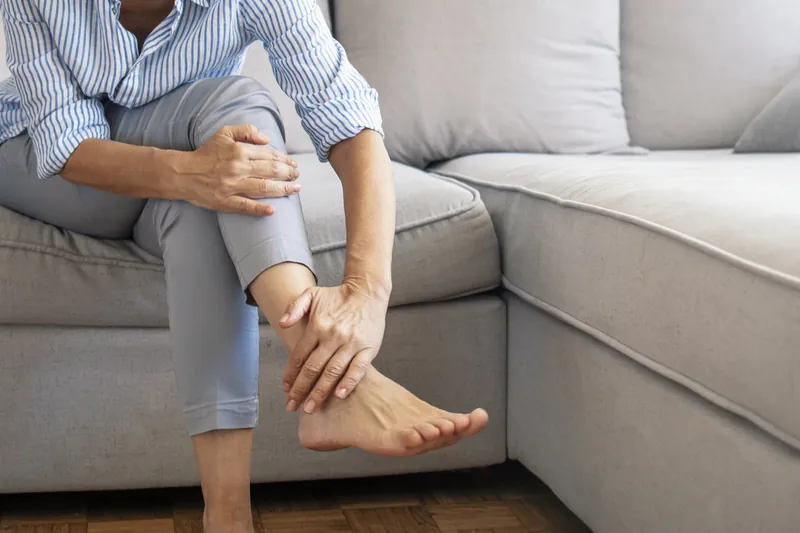
Suffering from nerve pain can put a strain on your day-to-day life. It can make your everyday tasks harder and interfere with your overall quality of life. But it shouldn’t have to be like that.
In this article, we’re going to look at the underlying issues that may cause you to have nerve pain in the leg, for example, sciatic nerve pain, as well as effective leg pain treatment and strategies that’ll help you to alleviate the pain you’re experiencing.
Are you affected by mobility issues when bathing?
Simply complete our form to see a full range of bathing solutions & their key features. It takes no time at all!
- What Leg Disabilities Can Cause Nerve Pain?
- How Do Bone Problems Relate to Nerve Problems?
- The Best Exercises to Relieve Leg Pain
- Mobility aids that help reduce pain
What Leg Disabilities Can Cause Nerve Pain?
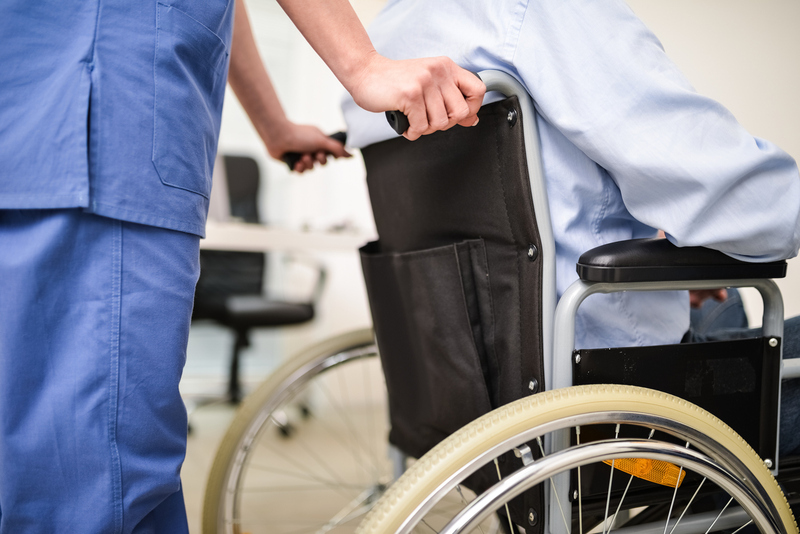
Before we look at ways to ease the pain you’ve been dealing with, it’s important to delve into any underlying health conditions that could be causing you to have nerve pain. Nerve problems can show up in various leg issues – each with its own set of symptoms. Below, we’re going to outline the most common causes:
Sciatica
This is caused by compression or irritation to the sciatic nerve and is typically caused by conditions such as herniated discs, spinal stenosis, or muscle imbalances. Sciatica can give you pain, tingling, and numbness throughout your lower back, bum and down the leg.
Spinal stenosis
A possible cause of sciatica. This health issue is caused by the narrowing of the spinal canal and because of this puts extra pressure on the nerves in the lumbar spine. Symptoms that show up can range from leg numbness to instability, especially when walking or standing for long periods.
Herniated disc
A herniated disc can happen when the soft inner core of a spinal disc protrudes through the outer layer, putting pressure on nearby nerves. You may get pain and numbness (typically throughout the path of the nerve) down the leg.
Peripheral neuropathy
This normally occurs when the peripheral nerves sustain damage – most frequently attributed to factors like diabetes, infections, trauma, or autoimmune disorders. You may experience symptoms such as tingling, burning sensations, and numbness that can radiate into the feet.
Lumbar radiculopathy
Lumbar radiculopathy is more commonly referred to as a pinched nerve. It develops when a nerve root in the lower back experiences compression or irritation. You may experience pain, weakness and numbness with this.
Bone spurs
Bone spurs, or bony protrusions form along the edges of bones and have the potential to compress nearby nerves. This can result in symptoms such as weakness and tingling.
Osteoarthritis
The degeneration of joints caused by osteoarthritis can often result in inflammation and the compression of adjacent nerves. With this, you can expect leg pain, stiffness, and reduced mobility.
Trauma or injury
When the leg experiences trauma, such as fractures, strains, or direct impact, it can damage the nerves that run through the affected area. Therefore, giving pain, reduced movement, and numbness.
Tumours or growths
Tumours, whether benign or malignant that form in the spine, pelvis, or leg have the potential to apply pressure on adjacent nerves. This can cause symptoms of pain, tingling and weakness throughout the leg.
It’s really important to understand the connection between leg diseases and/or illness and the complications this can entail with your nerves. By tackling the main cause of the nerve pain, you may be able to find a better resolution to your discomfort.
If you have concerns or want an accurate diagnosis, we always recommend speaking with a healthcare professional.
How Do Bone Problems Relate to Nerve Problems?
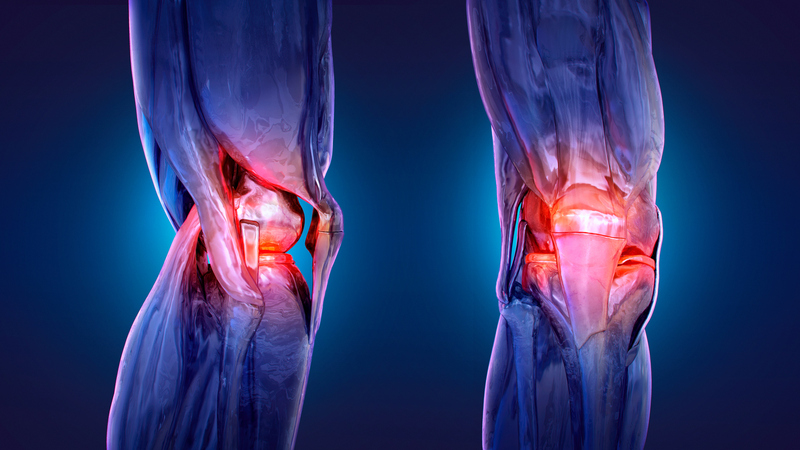
Bone issues can worsen nerve pain in your leg, therefore giving you more discomfort and pain. We touched on it above, but conditions such as osteoarthritis can trigger additional problems such as joint inflammation and degeneration – resulting in nerve compression.
Health problems like this can be caused due to many natural factors such as age and genetics, and as such can’t be avoided. However, they’re more likely to show up with joint overuse, joint injuries, and obesity.
Other bone issues, such as fractures and breaks in the leg can directly impact the surrounding nerves. Therefore, it’s critical to effectively address pain. When bones are broken it’s imperative to go through a course of physio after your bones have healed to try and stop corresponding nerve pain in its tracks.
To reiterate what we’ve already said – if you do have any concerns about past or present conditions it’s always best to speak to a healthcare professional who will be able to directly aid in your diagnosis.
The Best Exercises to Relieve Leg Pain
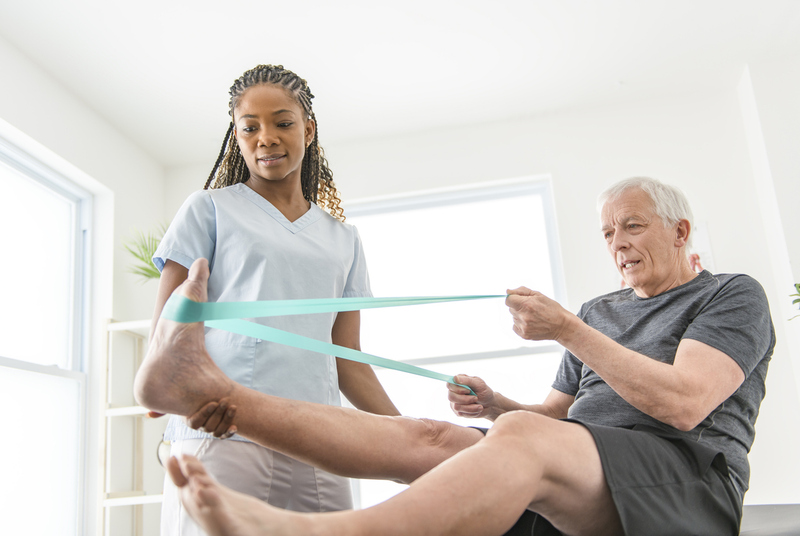
Although medications and alternative herbal treatments can offer relief, they may be short-term and only mask the pain.
Leg exercises and physical therapy is a great way to manage and relieve the debilitating nerve pain problems – all in the comfort of your own home. How? Exercising your legs in specific ways allows enhanced circulation that mitigates inflammation and strengthens the muscles that are in and around the affected area.
Below you can find some of the best exercises to slot into your everyday routine – with the overall hope to improve your leg’s overall mobility.
Stretches
Stretches should be performed gently and gradually in order to prevent further irritation to the area of pain. Depending on where your pain is you may find targeted stretching a good solution, as this promotes good circulation to the nearby nerves. Here are some stretches that you can do, without equipment at home:
The hamstring stretch
Lay on the floor with one leg extended straight out in front of you. Place your other leg upwards, using a wall for support, and then gently push your knee to straighten it as much as comfortable. Hold the stretch for 10-20 seconds.
Sitting glute stretch
Sit on a chair with your legs in front of you. Bend your right leg, putting your ankle on top of the left knee. Then slowly lean your upper body forward until you feel the stretch. Hold for 10-20 seconds and repeat.
Low-impact strength workouts
Building up your physical strength in the muscles in and around your legs can provide you with support and stability and therefore reduce strain on your affected nerves. There are lots of gentle strength exercises that you can try at home without equipment, such as squats, lunges, glute bridges and leg lifts. If you’re new to these exercises, try doing small sets at a time and repeating them a few times a day.
Cardio
Taking part in low-impact cardio workouts can help improve the circulation in your legs and promote healthy nerves. If you’re looking for something nice and gentle, why not switch up your routine with walking or swimming? For a more rigorous routine that’s still low-impact, you could try hiking or cycling. We recommend doing at least 30 minutes of cardio a day to maintain good leg and nerve health.
Yoga & Pilates
These low-impact exercises revolve around mindfulness and help in strengthening your core and improving your overall flexibility. The improved posture and positioning it can teach you will make sure your body is supported in the right way and removes unnecessary compression of the nerves.
Mobility aids that help reduce pain
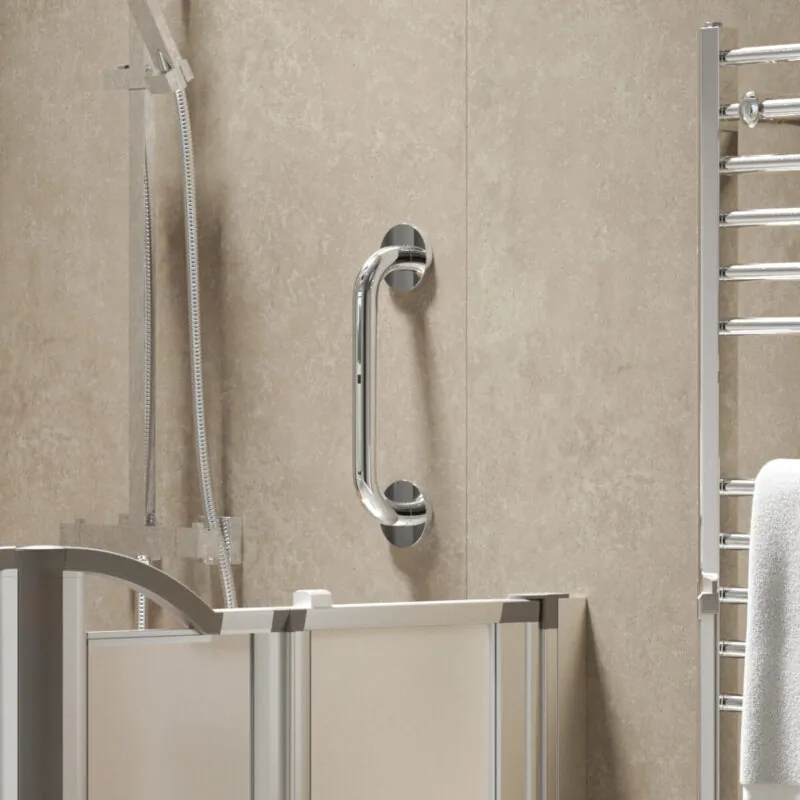
Using a walking stick in your home may allow you to move more freely, but doing this for long periods may cause strain on your arms, creating further discomfort.
To reduce the strain on your arms when walking, here are some mobility aids that can assist you further:
Grab rails
Grab rails can be added to various parts of the house, normally in a place where there are chances of someone slipping or falling, like your bathroom, shower or bath .
Stairlifts
Stairs to floors of your house will normally be the biggest challenge for your legs, while some mobility issues may be too severe for grab rails and walking sticks to assist. Stairlifts tend to be the most common solution for people with such difficulties, since it is effectively a compact lift that can take you to the next floor of your home with little to no walking required.
Wheelchairs
There are many types of wheelchairs available that can help alleviate leg pain. These range from those that are highly compact, to ones that are larger and more comfortable.
Conclusion
Nerve and bone pain in the lower leg can be challenging to live with – affecting the way we go about our daily tasks and even stopping us from doing the things we love. However, with the right diagnosis and treatment, there are ways to find relief from the pain.
First of all, it’s important to address the underlying condition. Is it because of bone problems, or is it a cause of leg disability? We recommend speaking to a healthcare professional for any concerns you may have.
Bringing new exercises and stretches to your daily routine can help restore function and full movement to your legs, helping you to live life the way you want to.





